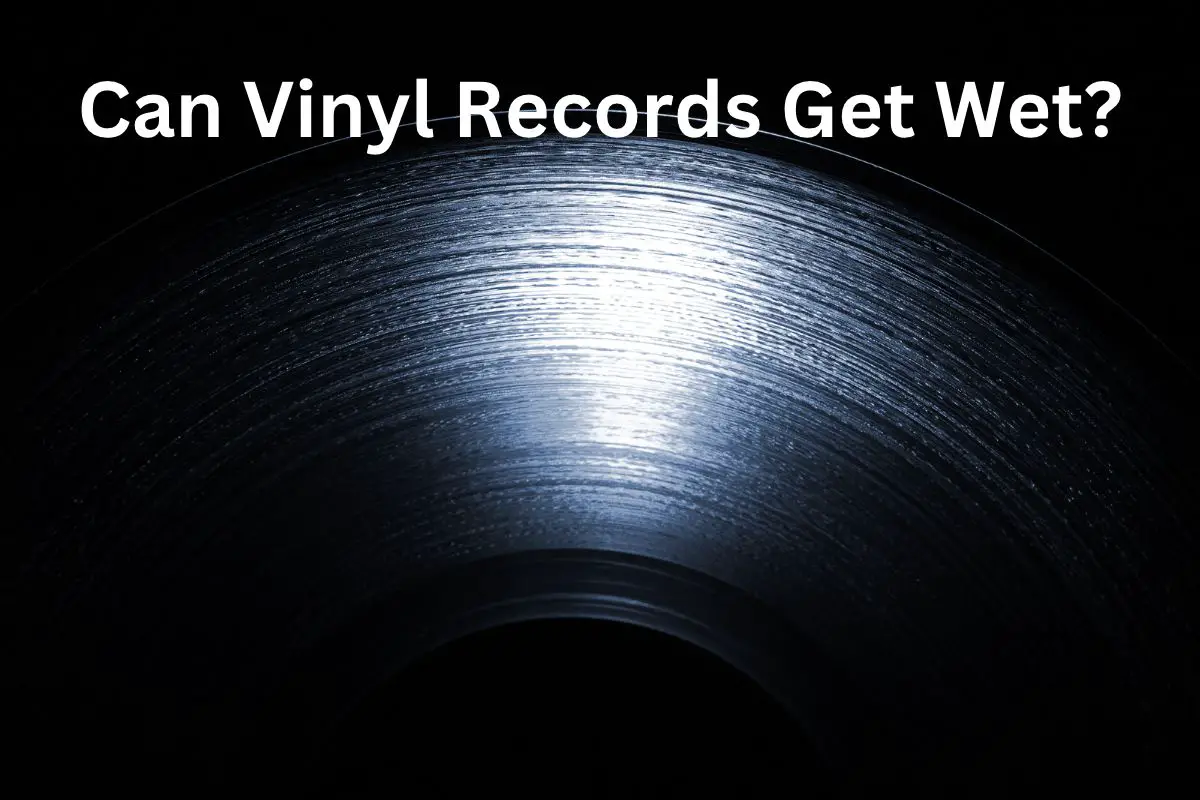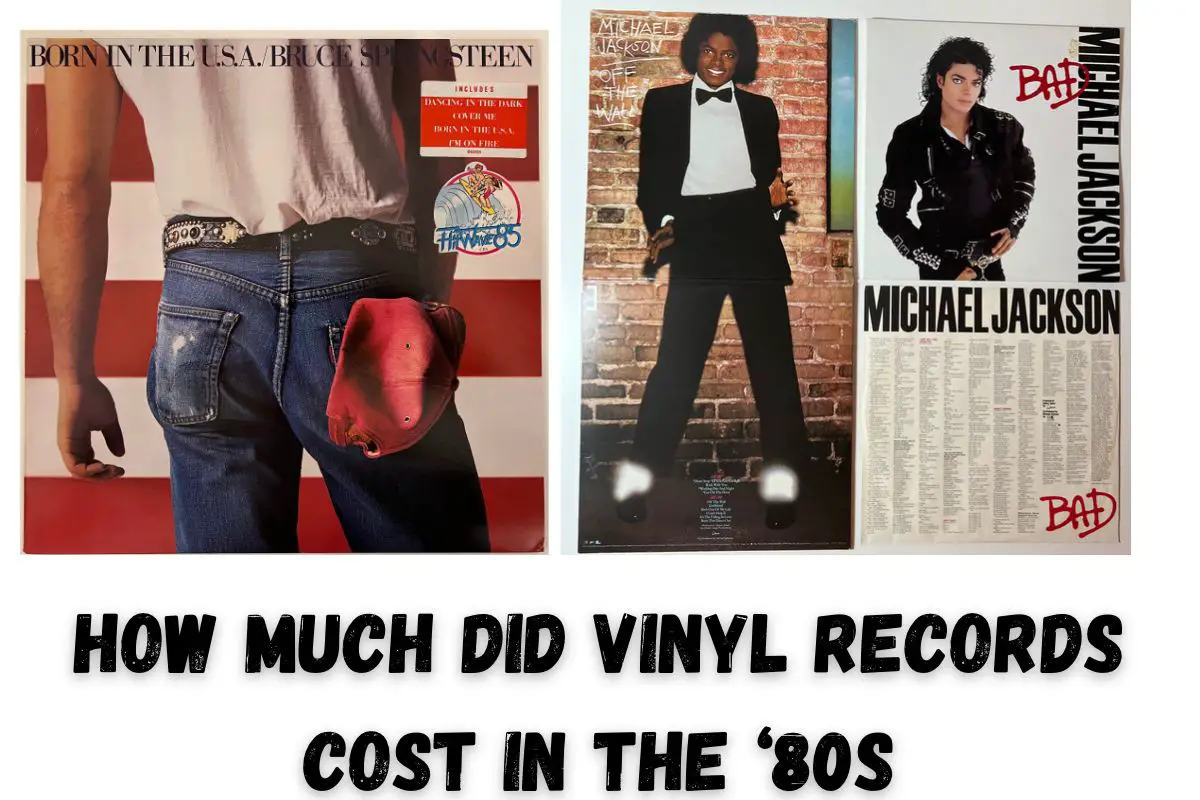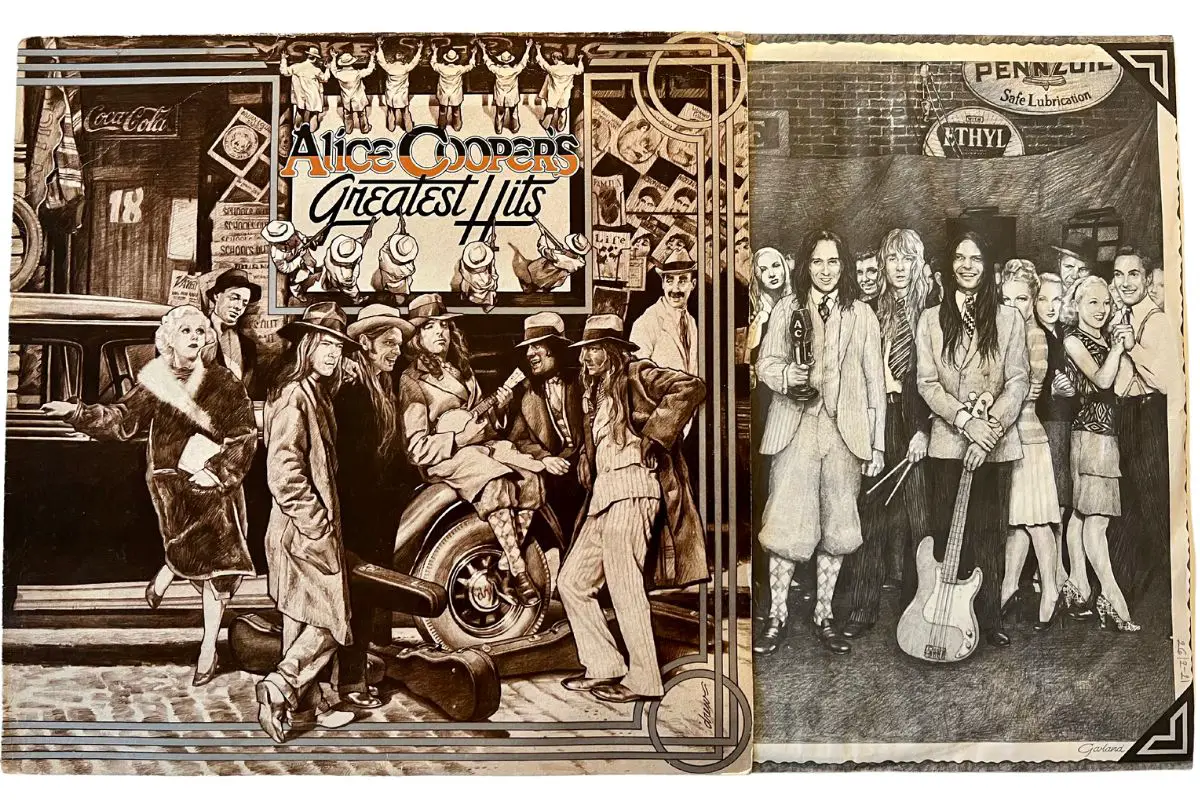This post contains affiliate links.
Are you a newbie to vinyl records, and you’re wondering how best to ship them? Well, you’re in luck because this article focuses on handling vinyl records. We will talk you through the best ways to send your newly owned vinyl records without damaging them.
Vinyl records are best shipped in slightly thick papers, for example, cardboard. However, if you do not pay extra attention to packing your vinyl records carefully, it could result in a loss.
To understand how you can package your vinyl to ship them safely, you first must understand the rudiments of safely sending things. With this information, you will be better equipped to transport sensitive and fragile materials such as a vinyl record.
Table of Contents
Essential Guidelines To Guarantee Safe Shipping of Fragile Vinyl Records
When shipping, different rules are applicable. These additional rules are fundamental when the goods involved are labeled fragile.
A vinyl record is a fragile shipment and thus cannot just be wrapped up and posted in the mail. You must follow essential procedures to ensure your vinyl remains in its original state before, during, and after shipping.
The following guidelines will point you towards some of the best steps to follow when shipping your vinyl record either in bulk or per piece.
Distance
The first thing you want to do is calculate how far you’re shipping your vinyl record. Distance helps to determine how long your record spends sealed in a box, bearing in mind that your record can easily face destruction by heat, and we don’t want that.
Distance also determines how you package your record before shipping and in what storage container it should be shipped.
Packing Your Vinyl Record
The most crucial step is to ensure that your vinyl record will be well-protected from external and internal influences that could cause damage. How do you do that?
It is a quick and straightforward guide on the best way to pack your vinyl for shipping.
- First, take your record out of the outer jacket.
- You then take the record out of the inner jacket.
- Place the vinyl record in a new protective inner jacket. It is sometimes customized or printed. You can order inner vinyl jackets online, so you have a new one for each use.
- Carefully place the record between both jackets taking care not to touch or scratch the surface.
- Once that is done, you then tape both jackets together firmly so that the record cannot move around.
- You can then secure the record from external damage by wrapping it up tightly in bubble wrap or foam sheets and further taping them together.
- Make sure your bubble wrap does not have wiggle spaces. For bulk packaging, you can purchase some strengthening stiffeners for records.
Choosing The Right External Container
Even though you have firmly secured your vinyl record from movements and scratches, a poor shipping container might put your efforts to naught.
That’s why it is essential to purchase an LP Mailer. These are available online(Check price on Amazon here) in different sizes and types that are suitable for both single and bulk shipping. (Source)
If you are shipping in bulk, do not try to make your record mailers or improvise, as this could affect your record. It might be expensive to purchase several vinyl record mailers, but it will be worth it.
Sealing
Once your firmly secured, bubble-wrapped record is placed in the mailing container, you can then seal it up properly. It helps to protect from external damages such as water.
Labeling
Now, labeling your package involves two parts:
First, make sure you check and double-check your addresses and contact number. Write them out clearly. Using water-resistant writing stickers too can be helpful, so the ink doesn’t run out, and the writing becomes illegible.
The second part is to make sure you label your box as “Fragile” or “Vinyl Record, Do Not Bend.” It calls the attention of whoever is handling your shipping to the sensitive content in the parcel. You can also find Handle with Care – Do Not Bend – Thank You Shipping Stickers Labels on Amazon here.
Insurance
It isn’t necessary but might come in handy. You just might have to ship a vinyl record that is old or rare.
Insurance protects you in cases of unforeseen damages or the event of not-so-common instances of property loss. That’s why it’s crucial to choose a suitable carrier for your shipment.
Weight And Shipping Costs
Depending on the number of records you are shipping, the weight differs. The final weight of your vinyl records shipment, all packaging inclusive, determines the shipping price.
Now, most shipping companies charge extra for fragile shipments. The delivery period can also affect your shipping cost, i.e., how fast you want your order delivered.
Shipping Company/Period
It is advisable to use shipping companies that handle fragile products for vinyl record shipping. It assures you that your package gets handled with extra care.
As earlier explained, distance is a determinant when calculating the shipping period. However, there are shipping companies that prioritize prompt delivery at affordable rates.
Tracking Your Shipment
Your order has been successfully packaged and shipped, but it doesn’t end there. You have to keep up with your package in transit constantly.
It keeps you apprised of the delivery period and also notifies you immediately if something goes wrong.
How Many Ounces Is A Vinyl Record?
Vinyl records come in different sizes, with the most common being the “7”, “10”, and “12” inches. A 7-inch Vinyl record could weigh as low as 1.4 -1.7 ounces, while a 12-inch record could go as high as 4.2 – 6.3 ounces.
Now since the music or sound is stored on the surface of the Vinyl record, its overall size and weight are determined by factors such as the following:
- RPM – Revolution Per Minute (the speed at which the record turns during play)
- Average minute per side (record length)
- Diameter
- Quality
- Durability
The material density and record thickness will inherently determine the record’s actual weight and the thickness and material of the record sleeve.
How Do I Care For My Vinyl Record?
Your vinyl record is an analog music disk. What this means is that your record is vulnerable to dust, water, heat, and scratches. It, in turn, compromises not only the quality but also the audio sound of your vinyl record.
Some tips for caring for your vinyl record include:
Storage
Always store your vinyl records vertically. It helps to avoid pressure on them that might result in bending.
Always store your vinyl records in a dry and cool place. Water or heat will easily damage your collection. Be careful not to store different sizes of vinyl records together.
You can find more about storing vinyl records in these articles that I wrote.
- A Guide To Storing Your Vinyl Records
- How to Store Vinyl Records: 8 Things You Need to Know
- Great IKEA Hacks for Storing Vinyl Records
Cleaning
You can purchase an anti-static carbon fiber brush online that is suitable for cleaning a vinyl record.
You can also purchase a vinyl record cleaning fluid alongside a microfiber cloth. You get to wipe off fingerprints or dust prints in a non-abrasive way.
- A Complete Guide To Properly Cleaning Your Vinyl Records
- How To Properly Use WD-40 To Clean Vinyl Records
Touching
Pay extra attention to holding your vinyl records around the edge with clean hands; even the slightest touch can negatively impact the quality of sound from a vinyl record. (Source)
Final Thoughts
Are you worried about having to ship a rare collection? Are you anxious about making your first delivery? This article is a detailed and comprehensive guide on the best ways to ship your vinyl collection.
This guide gives insight into a few things that might not cross your mind and all you need to know about vinyl records.
Sources
1. Vinyl for Miles, “How To Pack And Ship Vinyl LP Records like a Pro,” YouTube video 17:53, posted by “Vinyl for Miles,” November 18, 2020, https://www.youtube.com/watch?v=Hl9SEjr0Eys
2. Anna Merkl, “How Technology Changed the Rhythm of the Music Industry,” (Undergraduate honors thesis Louisiana State University & Agricultural and Mechanical College, Baton Rouge, Louisiana 2020)
3. Walter L. Welch. 1972. “Preservation and Restoration of Authenticity in Sound Recordings,” Library Trends (1972) 21(1):83–100.
VacationVinyl.com is a participant in the Amazon Services LLC Associates Program, an affiliate advertising program designed to provide a means for sites to earn advertising fees by advertising and linking to Amazon.com. We also participate in other affiliate programs which compensate us for referring traffic.






